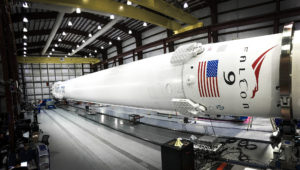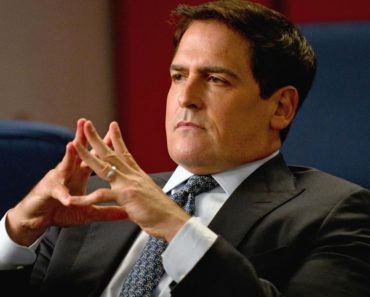
When Elon Musk took the stage at the International Astronautical Congress to expand on the Mars plan he revealed at the event last year, he started where people had the most questions last time around: How will you pay for trips to Mars?
The answer, Musk said, had a lot to do with simplifying the companies lineup, and rendering redundant some of its current products. To do that, it’ll try to replace all of its current launch vehicles, including Falcon 9, and the larger Falcon Heavy it hopes to launch this year, along with its Dragon transportation capsule with one ship, and one booster.
“I think we have figured out how to pay for it – this is very important,” Musk said, to chuckles from the crowd.
The plan is in part to have a smaller vehicle than was originally planned for use in Mars missions, which is “still pretty big,” but it’s also practical for use for “everything that’s needed in greater Earth orbit activity,” Musk said.
“Essentially we want to make our current vehicles redundant,” he added. We want to make one booster and ship that replaces Falcon 9, Falcon Heavy and Dragon. Then, all resources used for all can be applied to this system.”

Musk’s plan is basically to achieve huge cost savings by concentrating effort on one flexible craft, which will also have 100 percent reusability for more cost advantages. The top portion of this vehicle, still being referred to by Musk as the “BFR” (or ‘big f*cking rocket’) will essentially be as if the current Dragon and Falcon 9 upper stage were combined, albeit quite a bit larger.
This could help SpaceX make money with the vehicle using the kinds of launches it’s operating today, in preparation for Mars missions, while dramatically cutting down on redevelopment costs. But it’s still going to take a lot of work to get there, so don’t expect Falcon 9’s to stop flying missions anytime soon.
Musk predicts that the fully reusable system of the BFR, when complete, will actually cost less than any current launch system in operation on a per launch basis, while having far more capability. SpaceX will still plan to build a stock of Falcon 9 and Falcon Heavy that it can keep in reserve to service customers who want that option because of its proven reliability, but it will stop once it establishes a stock and focus on building the BFR.
The BFR will also provide the same services as Falcon 9 and Falcon Heavy, Musk said, including deploying very large satellites and even servicing the International Space Station. This will all help generate revenue.






